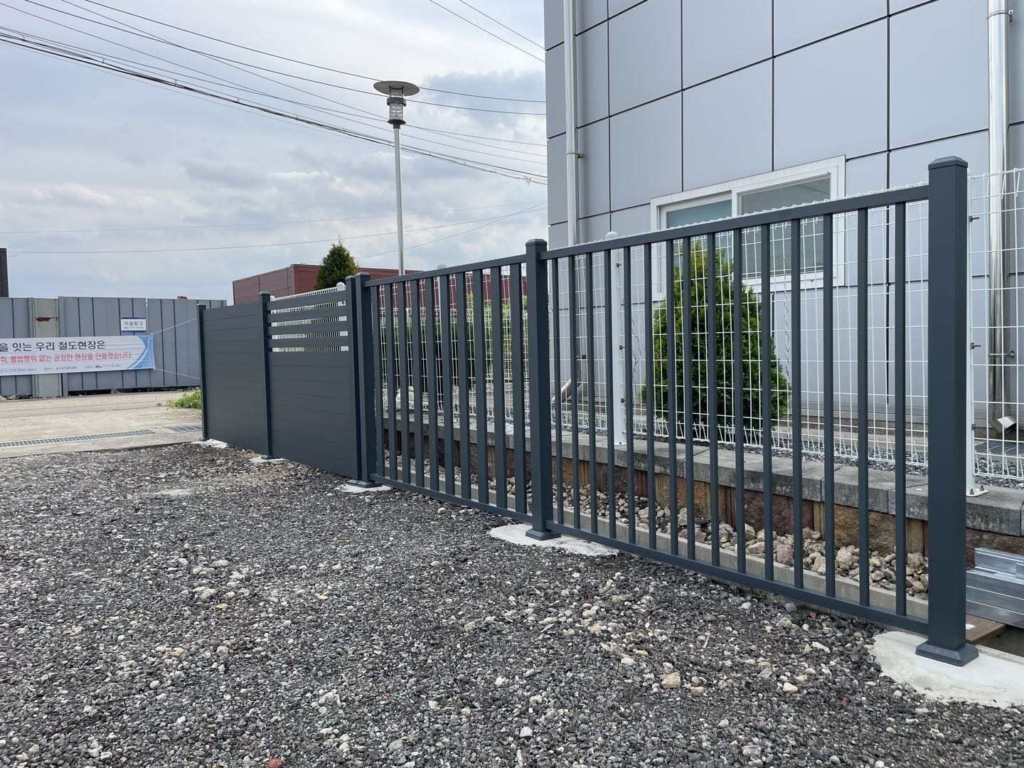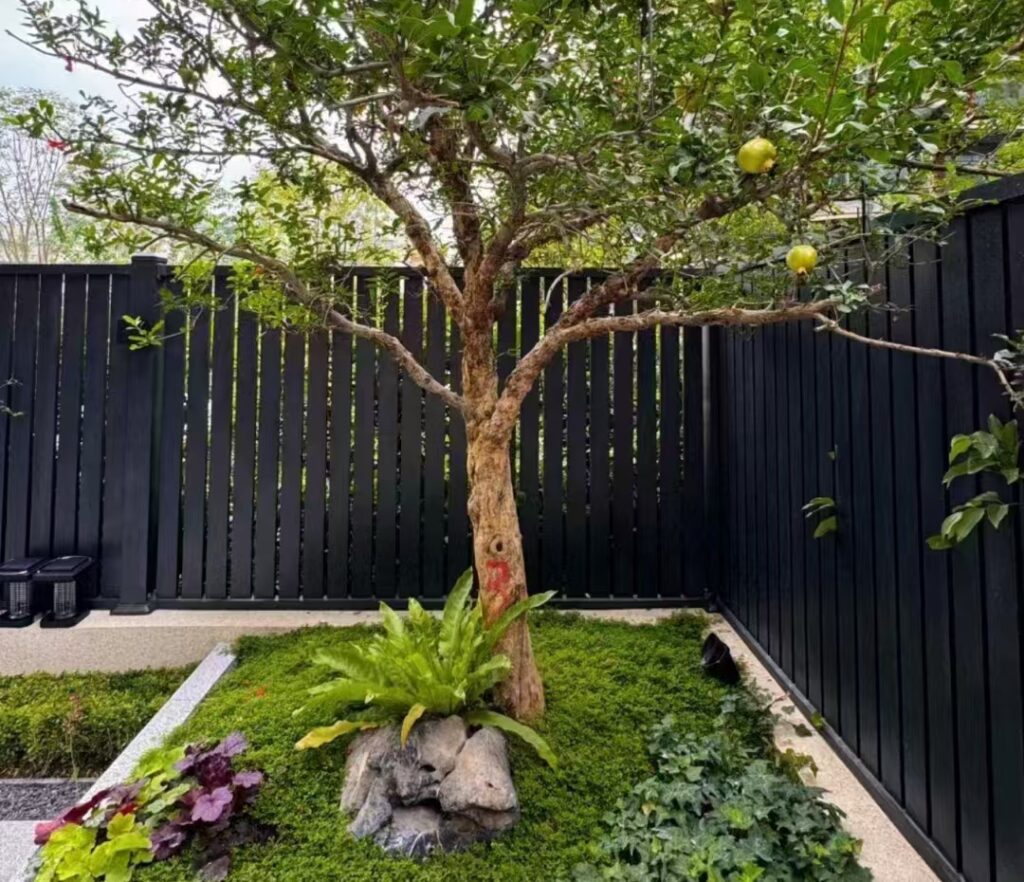When choosing between vertical and horizontal aluminum fences, understanding their practical applications helps clarify their advantages. Aluminum alloy stands out for its durability, low maintenance, and aesthetic flexibility, making it an ideal material for both designs. Real-life scenarios illustrate how these styles perform in various settings, offering homeowners tailored solutions for privacy, security, and modern appeal.
Vertical Aluminum Fences: Timeless Elegance and Reliable Security
Vertical aluminum fences are a popular choice for properties requiring privacy and security without compromising style. For example, in luxury villa communities, homeowners often opt for vertical fences to create a sense of seclusion while complementing traditional architecture. High-density vertical pickets, enhanced by decorative spear-tops, provide both an elegant appearance and robust protection against intruders.
In addition to aesthetics, aluminum’s durability ensures it resists weathering, a critical factor for homes in areas with variable climates. Unlike wood, which requires regular maintenance, aluminum remains pristine with minimal care, even after years of exposure to rain or UV rays. This makes vertical aluminum fences particularly attractive for property owners seeking a long-lasting solution that preserves their home’s value.

Horizontal Aluminum Fences: Modern Design with Practical Flexibility
Horizontal aluminum fences have gained traction among modern homeowners looking to enhance their property’s contemporary appeal. For instance, in urban neighborhoods where space is limited, horizontal fences can make small yards appear wider and more expansive. The clean, parallel lines contribute to a sleek, minimalist aesthetic that pairs perfectly with modern architecture.
Customizable slat spacing allows horizontal aluminum fences to balance privacy with openness. A backyard installation, for example, might feature closely spaced slats to shield the area from outside views, while still allowing airflow and natural light to pass through. The powder-coated finish, available in a variety of colors, ensures the fence aligns with the property’s overall design.

Material Advantages That Shine in Every Scenario
Both styles benefit significantly from aluminum alloy’s unique properties. Aluminum’s resistance to corrosion makes it suitable for coastal homes, where salt air can damage other materials like steel or wood. Its lightweight yet sturdy construction ensures the fence maintains structural integrity without appearing bulky. Additionally, aluminum’s recyclable nature adds an eco-friendly dimension to its appeal.
Whether chosen for the classic charm of a vertical design or the modern sophistication of horizontal lines, aluminum alloy fences excel in functionality and aesthetics. For example, in humid climates, aluminum proves its worth by resisting rust and fading, maintaining its appearance and performance far better than traditional materials.

Conclusion
Vertical aluminum fences offer traditional elegance and high security, ideal for homeowners who prioritize privacy and timeless design. In contrast, horizontal aluminum fences cater to those seeking a modern, spacious look with versatile functionality. Both styles exemplify the benefits of aluminum alloy, combining durability, low maintenance, and aesthetic adaptability. By leveraging real-world applications, it’s clear that aluminum alloy fencing is the superior choice for creating a boundary that lasts—and impresses.


